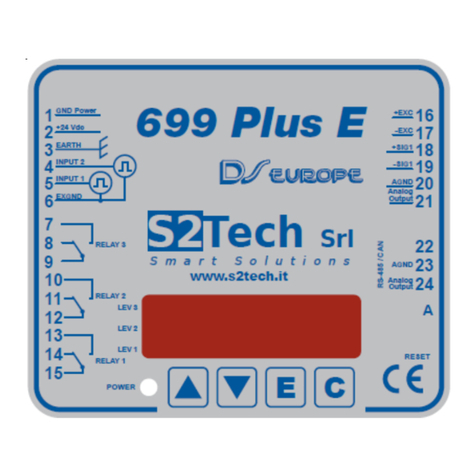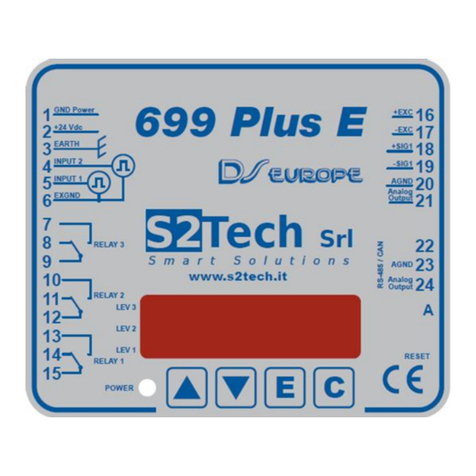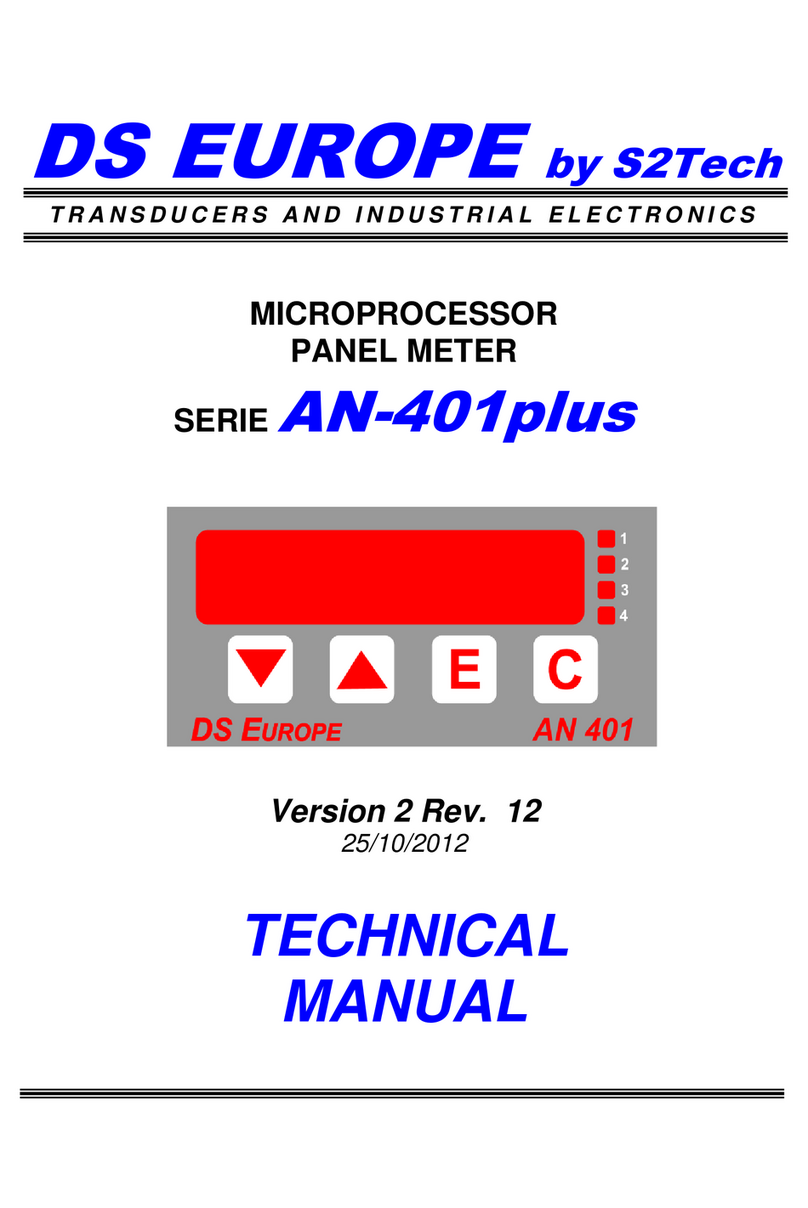Notice: The information in this manual is subject to change without notice.
S2Tech shall not be liable for technical or editorial errors or omissions contained herein, nor for
incidental or consequential damages resulting from the furnishing, performance, or use of this
material. This manual contains information protected by copyright. No part of this manual
may be photocopied, or reproduced in any form, or translated without prior written consent from
S2Tech s.r.l.
Critical products (1) used in critical devices or systems (2) must be expressly authorized
for such purpose!
S2Tech products may only be used in critical devices or systems with the express written approval of
S2Tech s.r.l.
(1) A critical product is a product used in a device or system whose failure can reasonably be
expected to cause the failure of that device or system, or to affect the safety or effectiveness of
that device or system.
(2) A critical device or system is any system whose failure can be reasonably assumed to endanger
the life or the health of human persons.
3. Characteristics
PCS III transducers allows the following measurements:
A) Cursors position in the internal raw units.
B) Linear displacement of one cursor/floater.
C) Linear displacement of two or more cursor/floater (*).
D) Measurement of the interface between two different cursors (*).
E) Temperature on the measurement’s rod end and on electronics’ head (*).
F) User defined Measurement, obtained using a Linearization Module and an additional Filter
Module, processing the A, B or D measurements, to obtain, in example, a volume
measurement of a tank with a non-regular geometry (using a characterization table with up to
32 - or more - characterization points), or defining a customized measuring range (smaller
than the measuring rod) or calibrating the transducer in order to get the measurement in an
engineering unit different from the one of the Final Test procedure (mm) (*).
G) Measurements (A, B, C, D and F) can be used to drive the analog output.
NOTE:
1) Measurements B, C and D are expressed in 1/100 mm resolution.
2) Measurement A, B and C can be used to drive the analog output.
3) E measurement is expressed in 1/10 °C
4) All Measurements (from A to F), can be obtained through a Modbus connection.
5) The basic position measurements can be used with a Linearization Module, so that User can
define an application specific calibration of the transducer, if needed.
(*) optional function, available on specific product version
The PCS III unit is to be configured using a CANopen connection, using specific software, that is used
to access the parameters (constant) that customize the way the transducer measure, or the
measurements (variables, through SDO or PDO):
For Communication Profile parameterization see Application and Reference part of this manual.
Parameterization distinguishes between transducer-specific and Modbus-specific parameters.
NOTE: analog output type is Factory set –Current or Voltage –and cannot be changed by the
Customer on the field.
Customer cannot modify Factory calibration that provides measurements A, B and C.






























